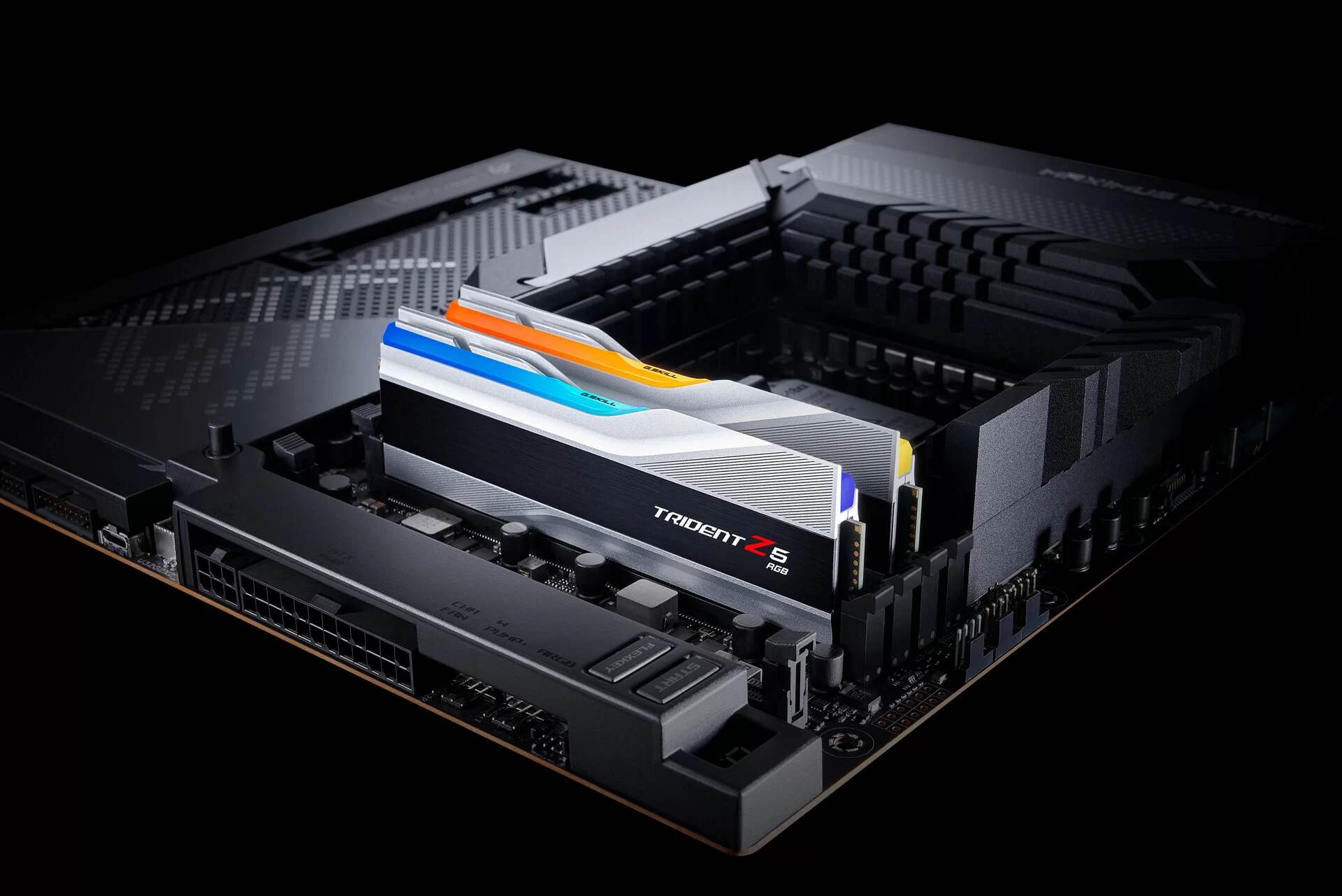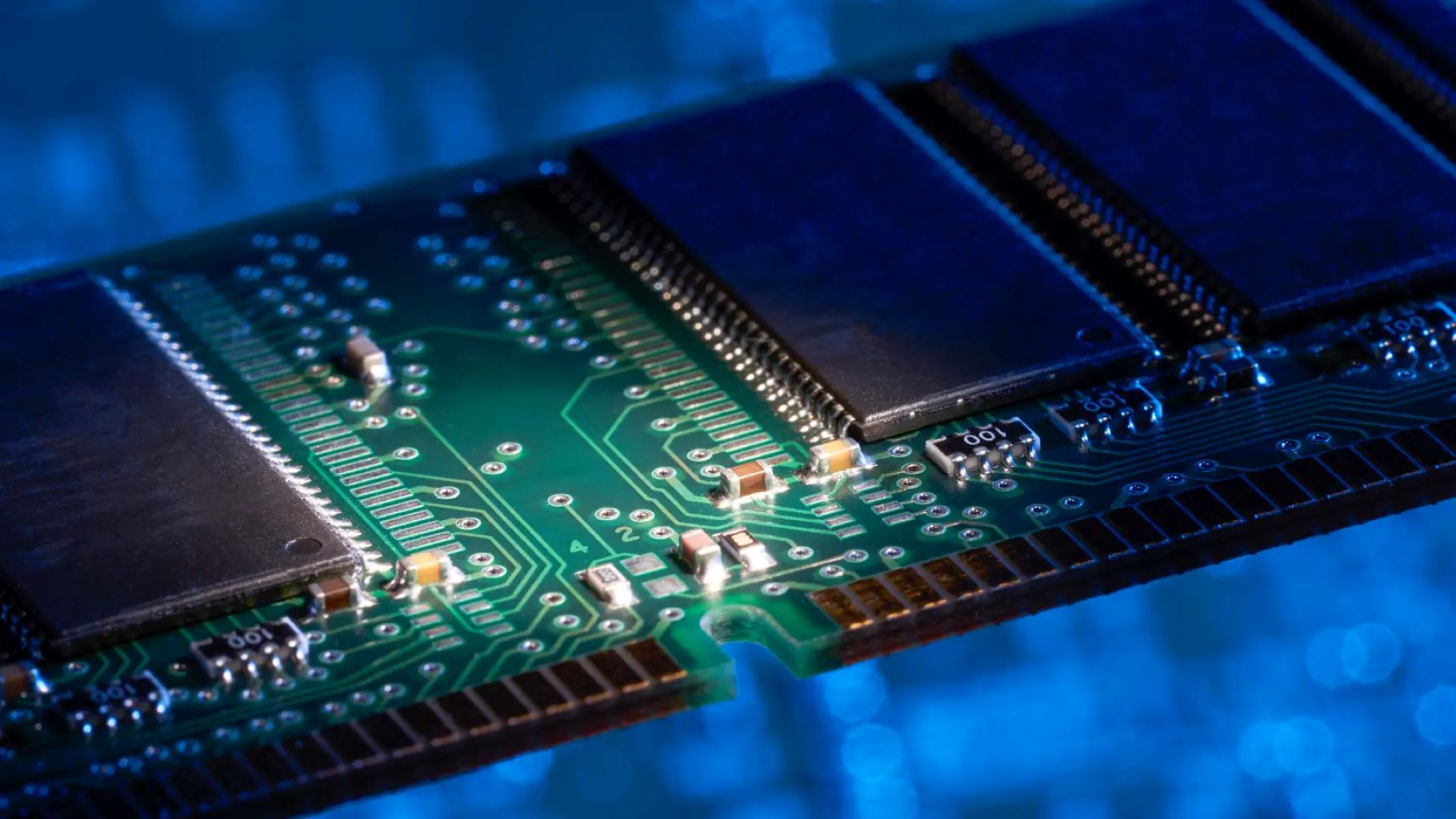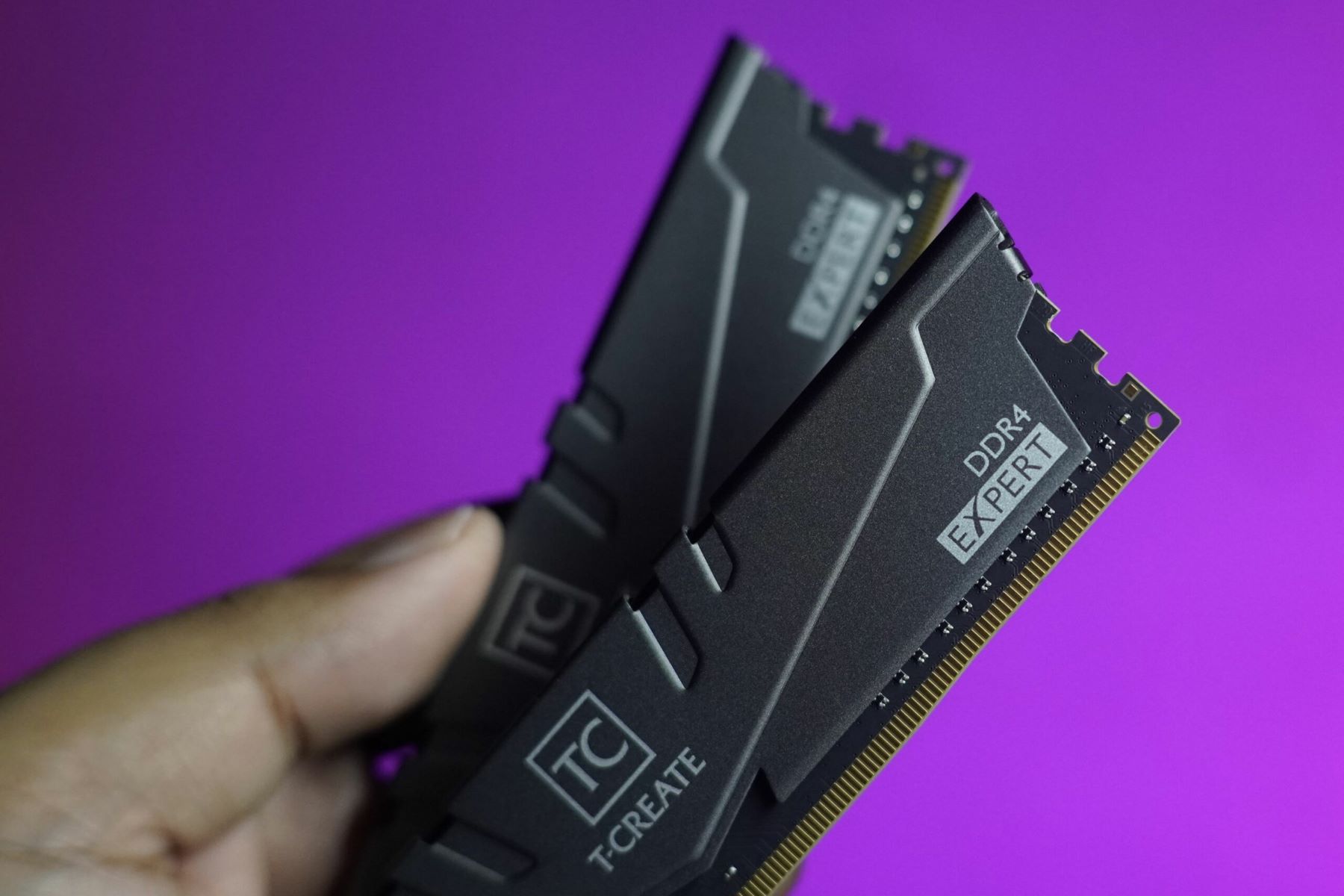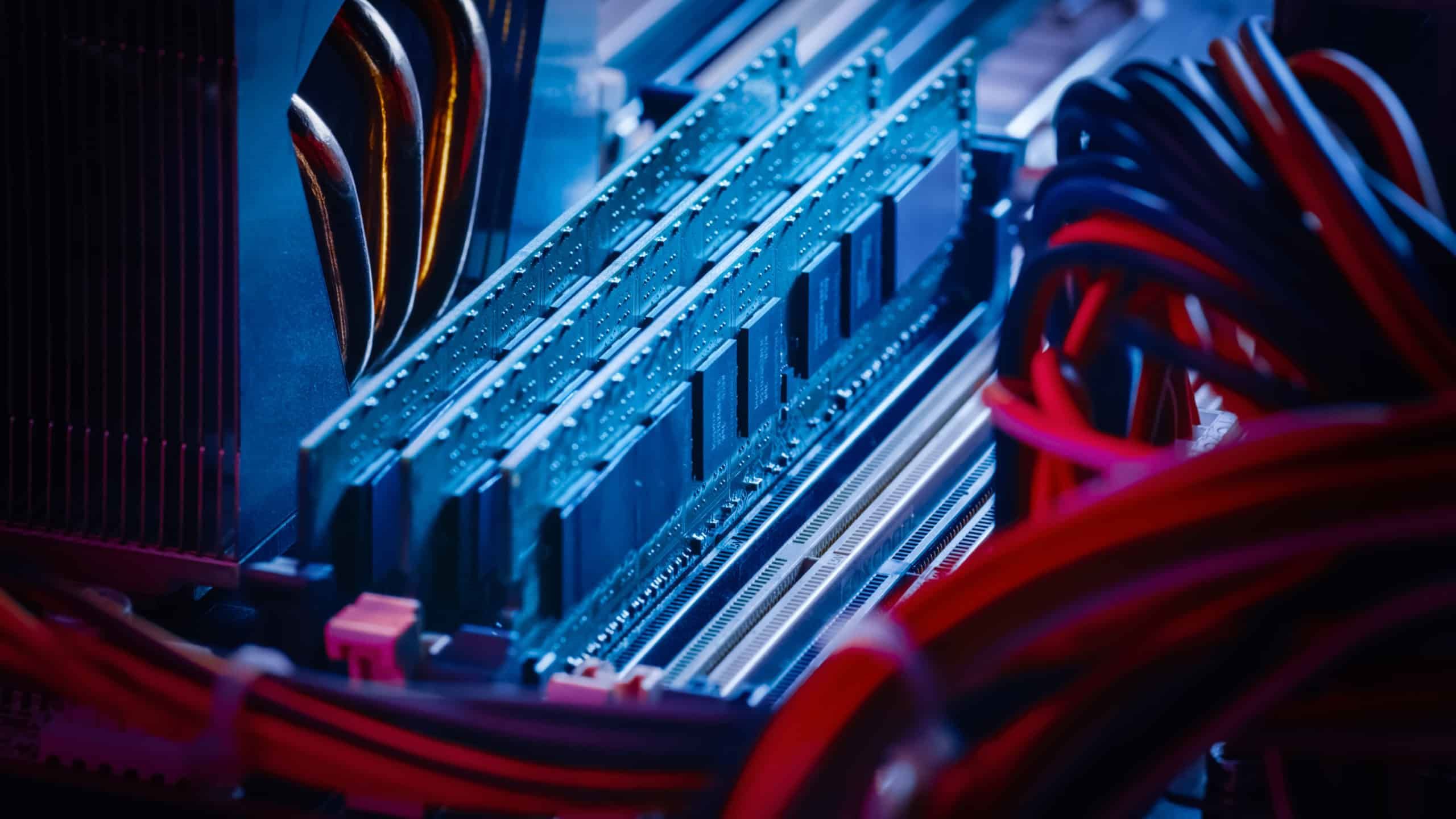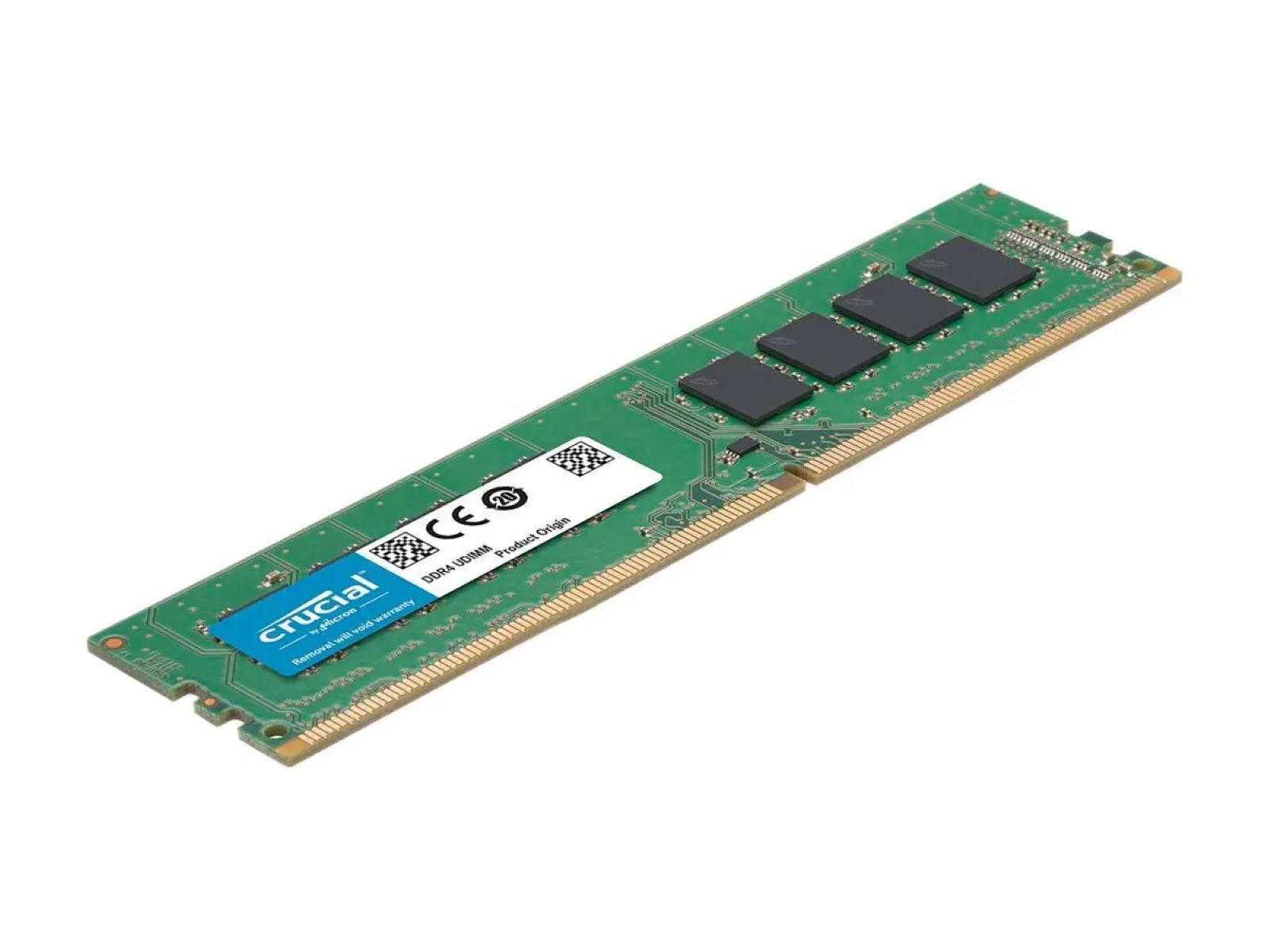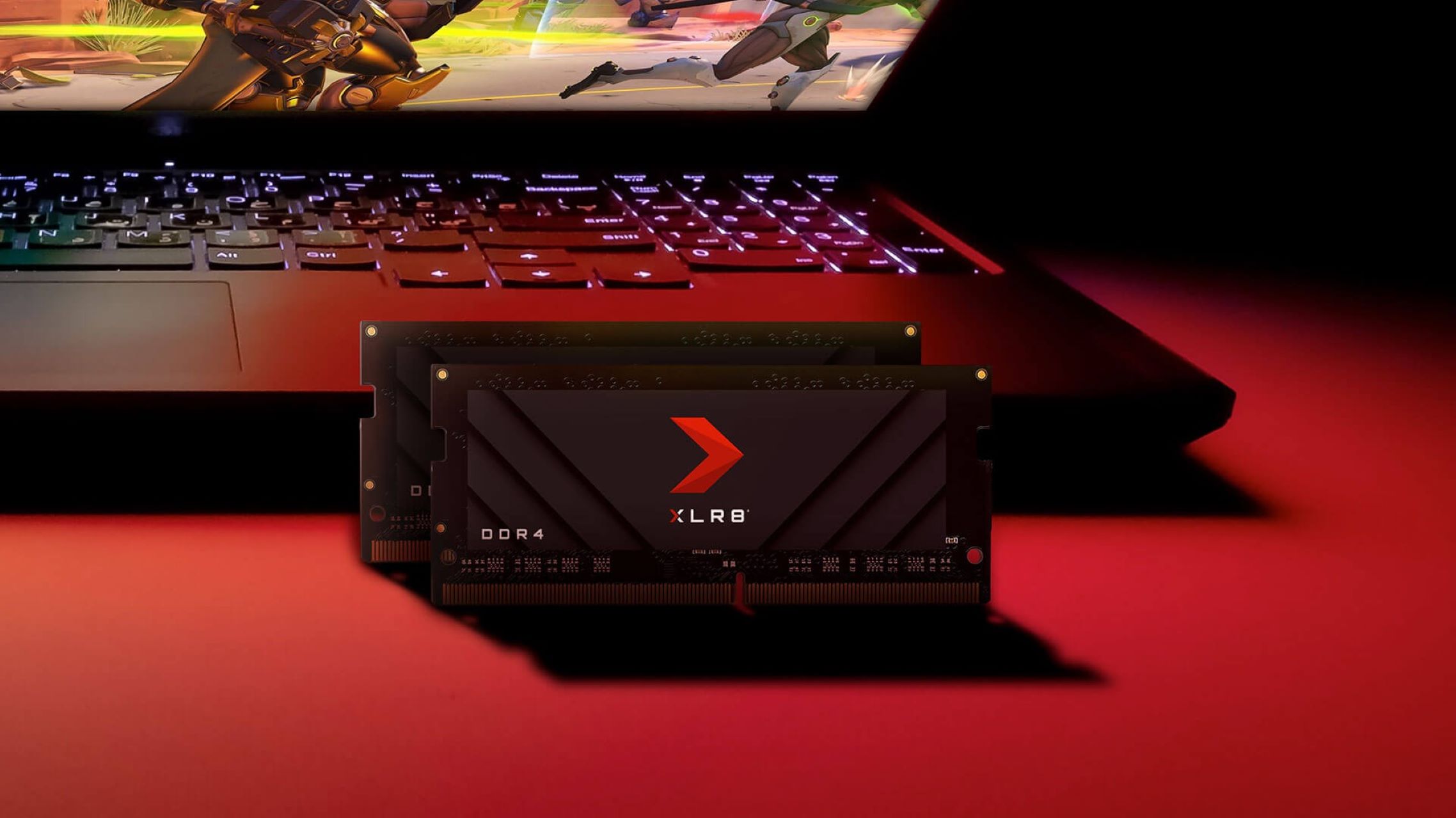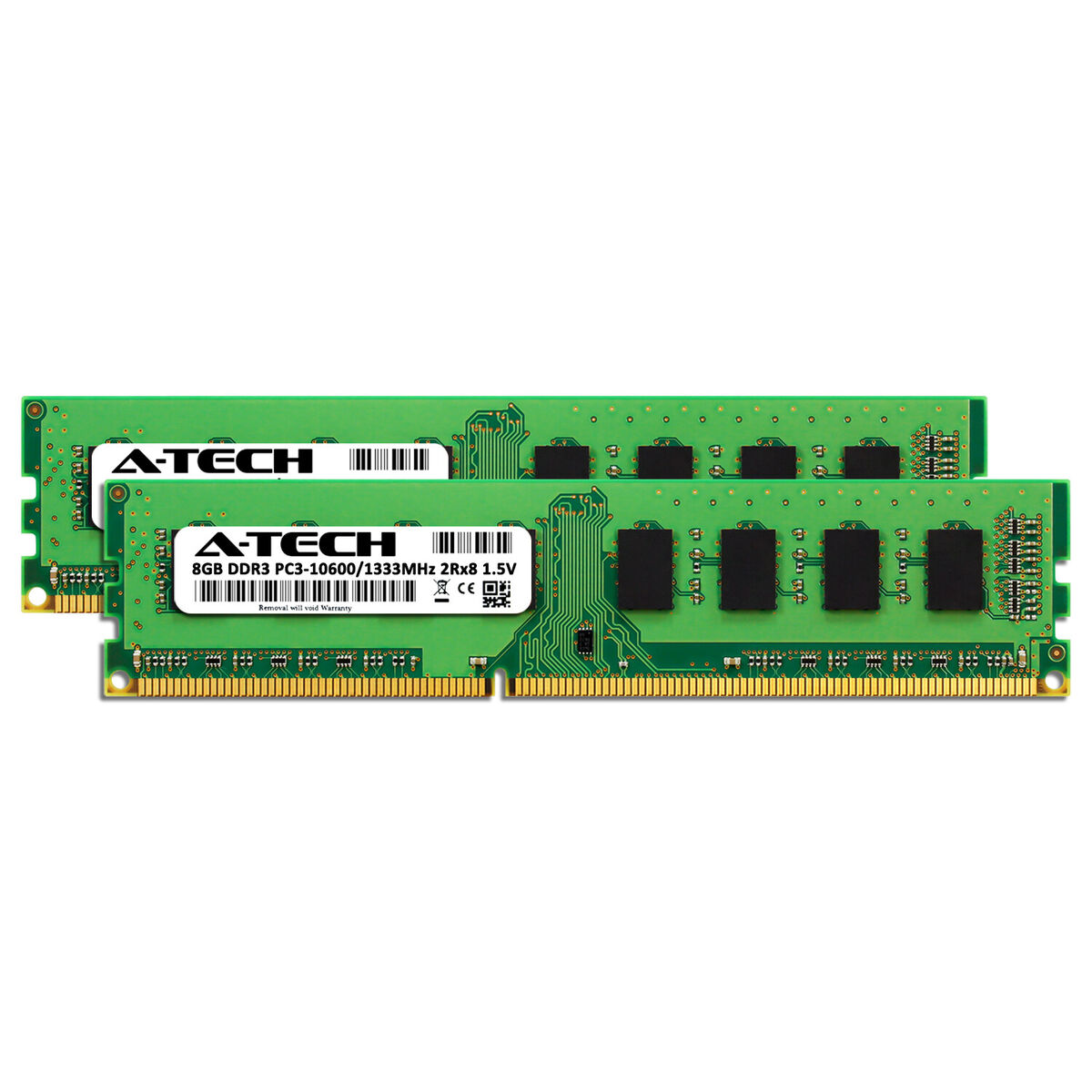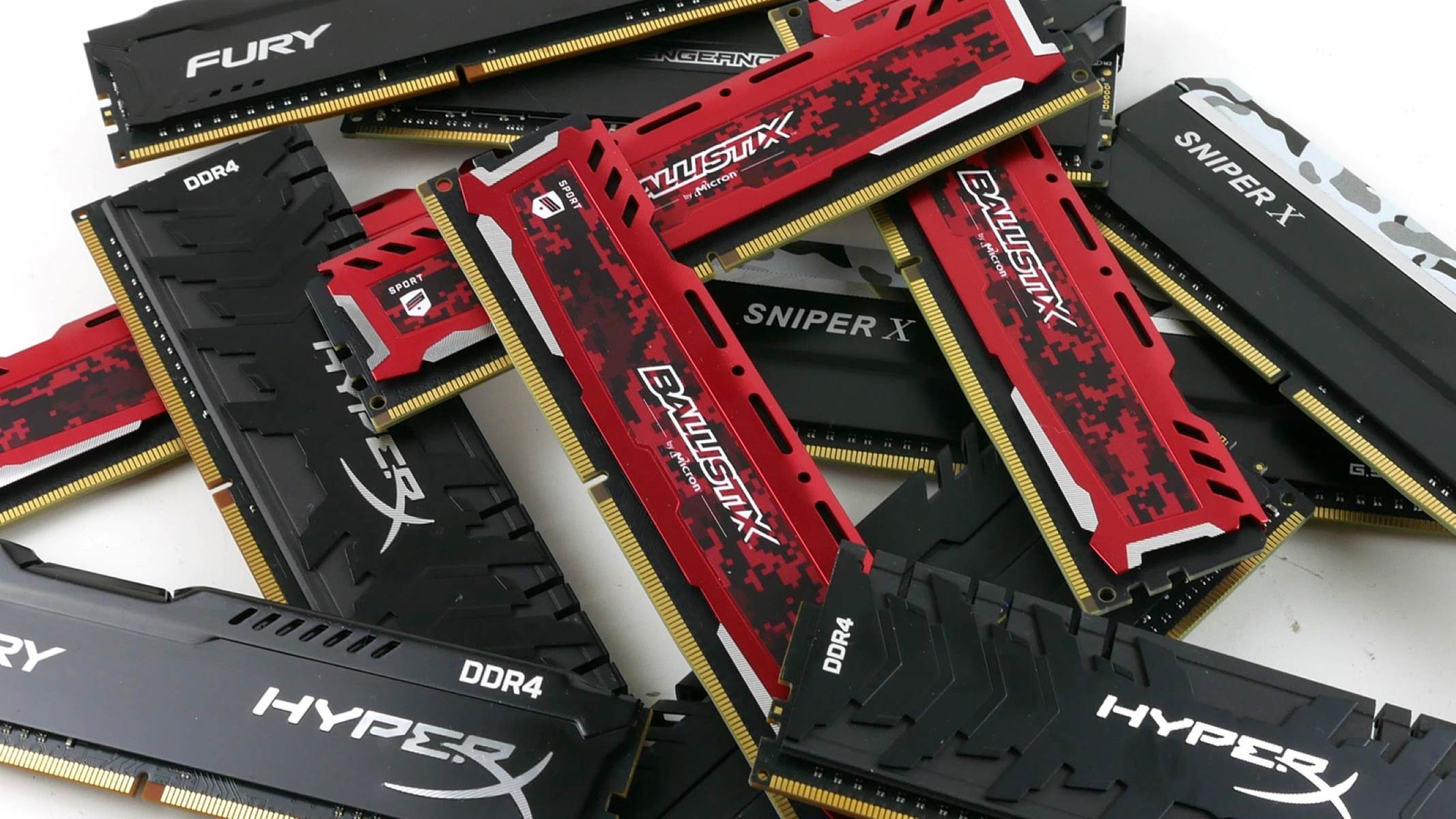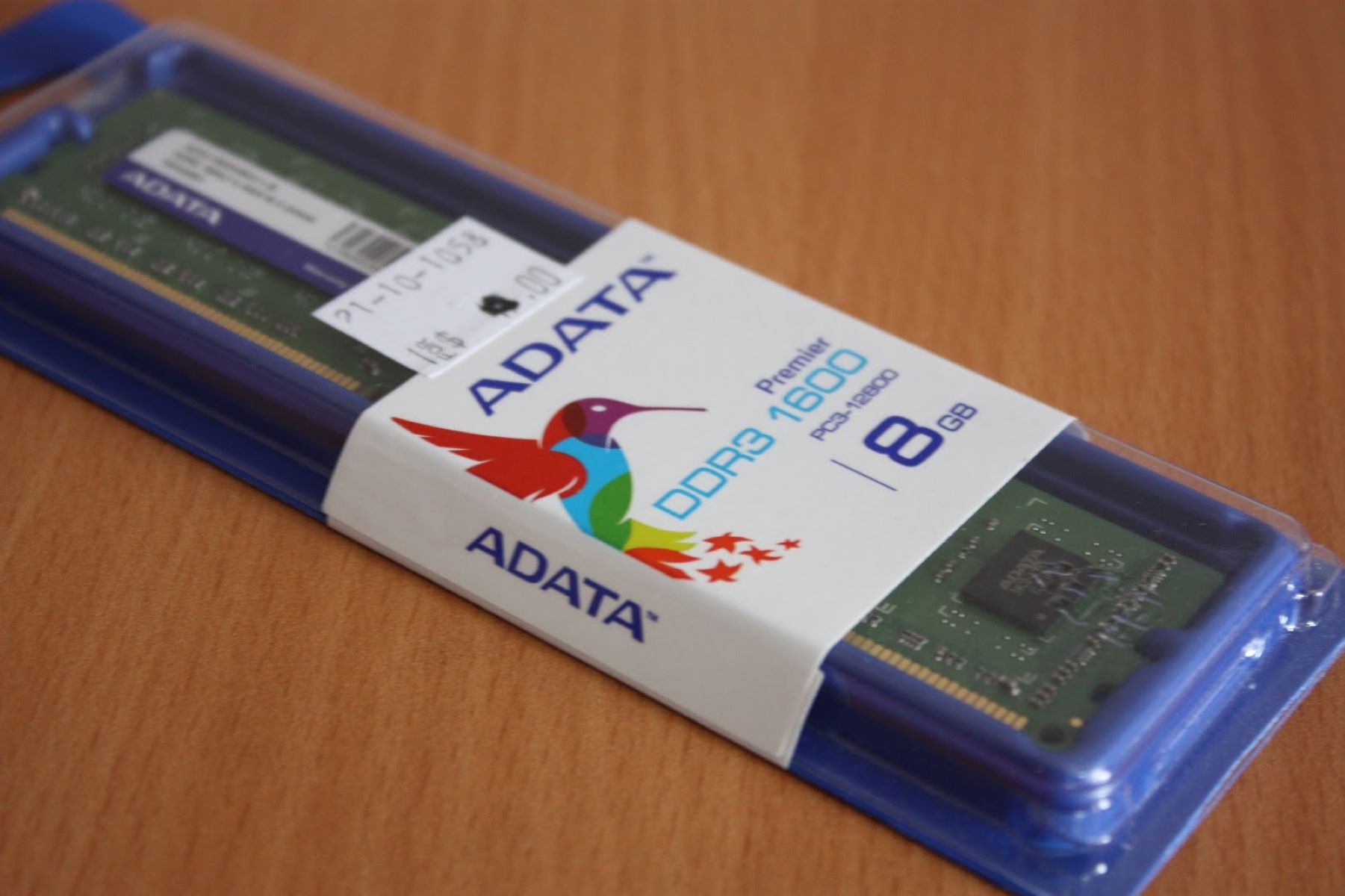Introduction
RAM, also known as Random Access Memory, is a vital component in any computer system. It plays a crucial role in the performance and efficiency of your device, affecting everything from multitasking to gaming. While most people are familiar with the concept of RAM, one aspect that often confuses users is the MHz rating associated with it.
So, what does the MHz on RAM mean? In simple terms, the MHz refers to the clock speed or frequency at which the RAM operates. The higher the MHz, the faster the RAM can transfer and process data, resulting in improved overall system performance.
In this article, we will delve into the world of RAM and explore how MHz impacts its functioning. We will discuss how RAM works, the significance of MHz, and the effects of different clock speeds on system performance. Furthermore, we will provide guidance on determining the ideal MHz for your RAM and touch upon the concept of overclocking.
By the end of this article, you will have a clearer understanding of what the MHz rating on RAM represents and how it affects your computer’s performance. So, without further ado, let’s dive in and unravel the mysteries of RAM MHz!
What is RAM?
RAM, or Random Access Memory, is a type of computer memory that is responsible for temporarily storing data that the computer needs to access quickly. Unlike a hard drive or solid-state drive (SSD), which store data in a more permanent manner, RAM is volatile memory, meaning that it loses its stored data once the computer is powered off or restarted.
RAM acts as a temporary workspace for the computer, providing storage for the operating system, applications, and data that are actively being used. When you open a program or file, it gets loaded into RAM, allowing the computer’s processor to access and manipulate the data quickly. This is why having a sufficient amount of RAM is crucial for smooth and efficient computer performance.
RAM is made up of a series of memory modules or chips that are connected to the computer’s motherboard. These modules are typically small circuit boards that contain numerous memory cells, with each cell storing one bit of data. The size of each memory cell determines the amount of data that can be stored in it. Common RAM sizes today range from 4 GB to 32 GB or more, although higher capacity modules are continuously being developed.
It’s important to note that RAM operates at much higher speeds than traditional storage devices like hard drives. The main reason for this is that RAM is designed to provide fast access to data, allowing the processor to retrieve and write information at incredible speeds. This fast access is crucial for tasks such as multitasking, gaming, video editing, and other memory-intensive activities.
In summary, RAM is a type of volatile memory that provides temporary storage for data that the computer needs to access quickly. It allows for fast data retrieval and manipulation, enhancing overall system performance. Understanding RAM is crucial for optimizing your computer’s abilities and ensuring smooth operation.
How Does RAM Work?
RAM, or Random Access Memory, works in conjunction with the computer’s processor to provide fast and temporary storage for data that is actively being used. When you open an application or file, it is loaded from your storage device into RAM, allowing the processor to access and process it quickly.
RAM is organized into small, addressable units called memory cells. Each memory cell can store a binary value of 0 or 1, representing a bit of information. These cells are grouped together into larger units known as bytes, with each byte typically consisting of 8 bits. The capacity of RAM is measured in gigabytes (GB) or terabytes (TB), indicating how many billions or trillions of bytes it can hold.
When a program or file is loaded into RAM, the processor can retrieve and modify data much more quickly than if it had to access it directly from the storage device. This is because RAM operates at significantly faster speeds compared to hard drives or SSDs. The processor can read from or write to RAM in nanoseconds, whereas accessing data from a hard drive can take milliseconds.
Another important concept in understanding how RAM works is its random access nature. Unlike a hard drive, which must physically move a read/write head to access data on a spinning platter, RAM allows for instant random access to any memory cell. This means that the processor can retrieve or modify data stored in any location within RAM, regardless of its physical location.
RAM also plays a vital role in multitasking. When you have multiple applications open simultaneously, each one requires its own portion of RAM to store the data it needs. The operating system manages the allocation of RAM to different applications, ensuring that there is enough space for each program to run smoothly. If the available RAM becomes insufficient, the computer may start using virtual memory, which is a portion of the hard drive or SSD that acts as an extension of RAM.
In summary, RAM works by providing fast and temporary storage for data that is actively being used by the computer’s processor. It allows for quick data retrieval and modification, enhancing overall system performance. RAM’s random access nature and ability to handle multitasking make it a critical component in modern computer systems.
What Does MHz on RAM Mean?
The MHz on RAM stands for megahertz, which represents the frequency or clock speed at which the RAM operates. It measures the number of cycles the RAM can complete in one second. In simple terms, the higher the MHz, the more cycles the RAM can perform, resulting in faster data transfer and processing.
The MHz rating of RAM indicates the speed at which it can communicate with the computer’s processor. It affects the rate at which data can be read from or written to the RAM, impacting overall system performance. The higher the MHz, the faster the RAM can transfer data, resulting in quicker response times and improved multitasking capabilities.
It’s important to note that the MHz rating of RAM is different from the storage capacity of RAM, which is measured in gigabytes (GB). While the capacity of RAM determines how much data it can store at once, the MHz rating affects how quickly that data can be accessed and processed.
For example, if you’re running memory-intensive applications like video editing software or playing graphics-intensive games, having RAM with a higher MHz rating can significantly improve performance. This is because the faster RAM can supply the necessary data to the processor, reducing lag and improving overall system responsiveness.
However, it’s crucial to consider the compatibility of RAM with your computer’s motherboard before purchasing RAM with a high MHz rating. Not all motherboards support the same MHz frequencies, and using RAM with a higher MHz rating than the motherboard supports may result in the RAM being underclocked to match the motherboard’s capabilities. This can limit the performance benefits of higher MHz RAM.
In summary, the MHz on RAM represents the clock speed or frequency at which the RAM operates. It affects the rate at which data can be transferred to and from the RAM, impacting overall system performance. Choosing RAM with a higher MHz rating is beneficial for memory-intensive tasks, but it’s important to ensure compatibility with your computer’s motherboard.
Understanding Clock Speed
In the context of RAM, clock speed refers to the frequency at which the RAM modules or chips operate. It is measured in megahertz (MHz) and indicates the number of cycles the RAM can complete in one second. Understanding the concept of clock speed is essential for evaluating the performance and capabilities of RAM.
The clock speed of RAM determines the speed at which data can be transferred to and from the RAM. Each clock cycle represents a unit of time during which data can be read from or written to the RAM. The higher the clock speed, the more cycles the RAM can perform, resulting in faster data transfer and processing.
For example, RAM with a clock speed of 2400 MHz can complete 2.4 billion cycles in one second, while RAM with a clock speed of 3200 MHz can perform 3.2 billion cycles in the same amount of time. As a result, the RAM with a higher clock speed can deliver and process data at a faster rate, leading to improved performance in tasks that require intensive data handling.
It’s important to note that clock speed alone does not determine the overall performance of RAM. Other factors, such as the latency or timing of RAM, also play a role. Latency refers to the time it takes for the RAM to respond to a request for data. RAM with a lower latency can deliver data more quickly, offsetting any potential advantages of higher clock speeds.
Furthermore, it’s important to consider the compatibility of RAM clock speed with the computer’s motherboard. Not all motherboards support the same range of clock speeds, and using RAM with a higher clock speed than the motherboard can handle may result in the RAM being underclocked to match the motherboard’s capabilities. This can limit the potential performance gains of using higher clock speed RAM.
Ultimately, understanding the significance of clock speed allows you to make an informed decision when choosing RAM for your computer. Consider the specific requirements of your computer’s processor, motherboard, and the tasks you intend to perform. By finding the right balance between clock speed, latency, and compatibility, you can optimize your system’s performance and achieve the desired level of responsiveness.
Effects of RAM MHz on Performance
The MHz rating of RAM can have a significant impact on the overall performance of a computer system. It affects the speed at which data can be transferred to and from the RAM, which in turn affects various aspects of system performance. Understanding the effects of RAM MHz is crucial for optimizing your computer’s capabilities and ensuring smooth operation.
One of the primary effects of RAM MHz on performance is improved data transfer and processing speed. RAM with a higher MHz rating can transfer data at a faster rate, resulting in quicker response times and reduced latency. This can greatly enhance the performance of memory-intensive tasks such as multitasking, video editing, gaming, and running virtual machines.
In addition to faster data transfer, higher MHz RAM can also improve system stability. As the clock speed increases, the RAM becomes more capable of handling large amounts of data simultaneously. This can reduce bottlenecks and prevent the system from becoming overwhelmed when dealing with complex tasks or resource-intensive applications.
RAM MHz can also have a noticeable impact on gaming performance. Many modern games require a substantial amount of system memory to store and process game data. Using RAM with a higher MHz rating can ensure a smooth gaming experience by facilitating faster loading times, reducing stuttering, and providing a more responsive gameplay environment.
It’s important to note that while higher MHz RAM can improve performance, the benefits may not be as significant in all scenarios. The actual performance gains can vary depending on the specific hardware configuration, software optimization, and the nature of the tasks being performed. In some cases, the difference between RAM with different MHz ratings might not be noticeable for everyday computing tasks.
Furthermore, the performance increase achieved by using RAM with a higher MHz rating may not be linear. The impact of MHz on performance tends to reach a point of diminishing returns. For example, the difference between RAM with a clock speed of 2400 MHz and 3200 MHz may be more significant than the difference between 3200 MHz and 3600 MHz. It’s important to consider the cost-to-performance ratio when choosing RAM with higher MHz ratings.
In summary, the MHz rating of RAM can have a substantial impact on system performance. It affects data transfer and processing speed, system stability, and gaming performance. While higher MHz RAM can provide noticeable improvements, the actual impact may vary depending on the hardware configuration and the nature of the tasks being performed. Consider your specific needs and budget when choosing RAM with a higher MHz rating to optimize your system’s performance.
Determining the Required MHz for Your RAM
Choosing the right MHz rating for your RAM is crucial for optimizing system performance and ensuring compatibility with your computer’s hardware. Determining the required MHz involves considering various factors, including the specifications of your motherboard, the requirements of your processor, and the specific tasks you intend to perform.
The first step in determining the required MHz for your RAM is to consult the documentation or specifications of your motherboard. Motherboards are designed to support specific ranges of MHz frequencies, and exceeding these limitations may result in the RAM being underclocked or incompatibility issues. The motherboard’s documentation should provide information on the supported MHz speeds and the types of RAM that are compatible.
Next, consider the requirements of your processor. Some CPUs, particularly those from Intel and AMD, have specific memory speed requirements. These specifications can often be found in the processor’s documentation or on the manufacturer’s website. It’s important to choose RAM with a MHz rating that meets or exceeds the recommended speed for optimal performance.
The tasks you plan to perform on your computer also play a role in determining the required MHz for your RAM. If you engage in memory-intensive activities such as video editing, graphic design, or gaming, you may benefit from higher MHz RAM. These tasks often require quick data access and processing, and RAM with a higher MHz rating can provide the necessary speed and responsiveness.
However, for general computing tasks like web browsing, email, and word processing, lower MHz RAM may be sufficient. The performance difference between RAM with varying MHz ratings may not be noticeable in everyday use. Consider your specific usage patterns and prioritize your budget accordingly.
It’s also worth considering any future upgrade plans you may have for your computer. If you anticipate upgrading your CPU or performing other hardware upgrades in the future, it’s beneficial to select RAM with a higher MHz rating to ensure compatibility and maximize the potential performance gains of the new components.
In summary, determining the required MHz for your RAM involves considering your motherboard’s specifications, the requirements of your processor, the tasks you plan to perform, and any future upgrade plans. By evaluating these factors, you can choose RAM with an appropriate MHz rating that ensures compatibility, optimal performance, and value for your specific computing needs.
Overclocking RAM MHz
Overclocking RAM involves increasing the MHz rating of your RAM modules beyond their default specifications. This can be done to achieve faster data transfer and processing speeds, potentially improving overall system performance. However, overclocking RAM also comes with certain risks and considerations that need to be taken into account.
One of the main benefits of overclocking RAM MHz is the potential for increased performance. By pushing the RAM beyond its default settings, you can achieve higher data transfer rates, resulting in improved system responsiveness and faster task execution. This can be particularly beneficial for demanding applications like gaming, video editing, and 3D rendering.
It’s important to note that not all RAM modules are capable of being overclocked, and the degree to which you can overclock them may vary. Some RAM modules, especially those designed for overclocking, may have built-in headroom for higher MHz ratings. However, there is no guarantee that every RAM module will overclock successfully, and it’s essential to check the manufacturer’s specifications and user reviews before attempting to overclock.
Overclocking RAM carries certain risks that should not be overlooked. Pushing the RAM beyond its default specifications can lead to instability, crashes, system errors, and even permanent damage if done improperly. It’s crucial to proceed with caution and follow proper overclocking techniques, such as adjusting voltages and timings gradually and stress-testing the system to ensure stability.
Additionally, it’s important to consider the compatibility of overclocked RAM with other components in your system, particularly the motherboard and CPU. Overclocking may require adjustments to the motherboard’s settings and BIOS, and certain motherboards may have limitations on RAM overclocking. It’s recommended to consult your motherboard’s documentation and research any potential compatibility issues before attempting to overclock the RAM.
Another consideration when overclocking RAM is the potential impact on warranty. Overclocking RAM typically voids the warranty provided by the manufacturer. This is because pushing RAM beyond its intended specifications can put added stress on the components and increase the risk of failure. It’s essential to weigh the performance benefits against the potential loss of warranty coverage.
In summary, overclocking RAM MHz can provide increased performance and faster data transfer rates. However, it comes with risks such as stability issues and potential damage to components if not done properly. It’s important to research the capabilities of your RAM modules, consider system compatibility, and proceed with caution. Overclocking RAM should be approached by experienced users who understand the risks involved and are willing to accept any potential consequences.
Conclusion
RAM MHz plays a crucial role in the performance and efficiency of your computer system. Understanding the concept of MHz, along with its effects on data transfer and processing speeds, is essential for optimizing your system’s capabilities.
In this article, we explored the meaning of MHz on RAM and its impact on performance. We learned that the MHz rating represents the clock speed at which the RAM operates and affects the rate at which data can be transferred to and from the RAM. Higher MHz RAM can result in faster response times, improved multitasking capabilities, and smoother gaming experiences.
Determining the required MHz for your RAM involves considering factors such as your motherboard’s specifications, the requirements of your processor, and the specific tasks you intend to perform. By finding the right balance between clock speed, compatibility, and performance expectations, you can optimize your system’s capabilities.
We also discussed the concept of overclocking RAM MHz, which involves pushing the RAM beyond its default specifications to achieve higher performance. While overclocking can provide performance benefits, it comes with risks and considerations that need to be taken into account, such as system stability, compatibility, and warranty implications.
In conclusion, the MHz rating of RAM is a crucial factor in determining its performance and compatibility with your computer system. By understanding how MHz impacts data transfer and processing speeds, you can make informed decisions when choosing and overclocking RAM, allowing you to harness the full potential of your computer’s capabilities.







